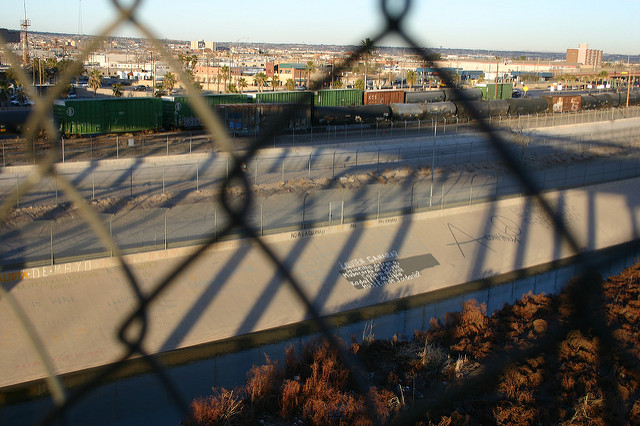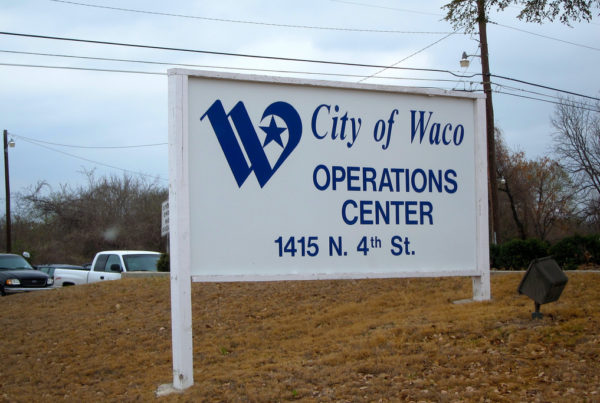The United States Department of Homeland Security’s Customs and Border Protection unit says it will begin soliciting proposals from companies interested in constructing President Donald Trump’s proposed border wall along the U.S.-Mexico divide.
The federal government posted a pre-solicitation this week and has already garnered hundreds of responses – dozens from Texas alone – for what promises to be one of the biggest contracts of any infrastructure project planned by the Trump administration.
Kriston Capps, staff writer at CityLab, says as of Thursday night, 350 firms had tagged that they’re following the posting’s progress.
Most interested parties are smaller engineering firms, construction companies, and contractors – although Capps says the list also includes a small-budget infographics company and two artists, who mak have posted their information as a joke.
The big question, Capps says, is whether these firms have the capacity to take on such a large project.
“I can imagine, for a Texas contractor or Californian project management company, you might see a project like this and think that it’s enormous and there’s a lot of money to made,” Capps says. “But I’m more curious about some of the larger companies who have the experience and capacity to do this and know that turning their company name notorious could have a significant downside.”
The pre-solicitation does provide insight into how the federal government thinks the project is going to come to fruition, Capps says. The solicitation process opens March 4 and will have four days to prepare a draft prototype.
“The dazzling speed of this, I think, is what is most striking,” he says. “That’s four days to design a document for building one of the biggest infrastructure projects in American history – a wall potentially spanning 2,000 miles along the southern border, a wall crossing so many types of terrain and environment and state lines. A wall with international implications. It’s really wild that the federal government thinks that four days is an appropriate period.”
The federal government has said they’d like the project to get up and running by late March to early April, Capps says.
“it is hard to take this process seriously as it appears right now, given the timeline, given the lack of funding and given the general cloudiness around the project,” he says. “There is the sense that Customs and Border Protection is taking a shot in the dark by posting such a breakneck RFP pre-solicitation and that the firms responding will also be taking a shot in the dark. I don’t know if this is a way to build even a fence, much less a huge wall.”
Written by Beth Cortez-Neavel.
















